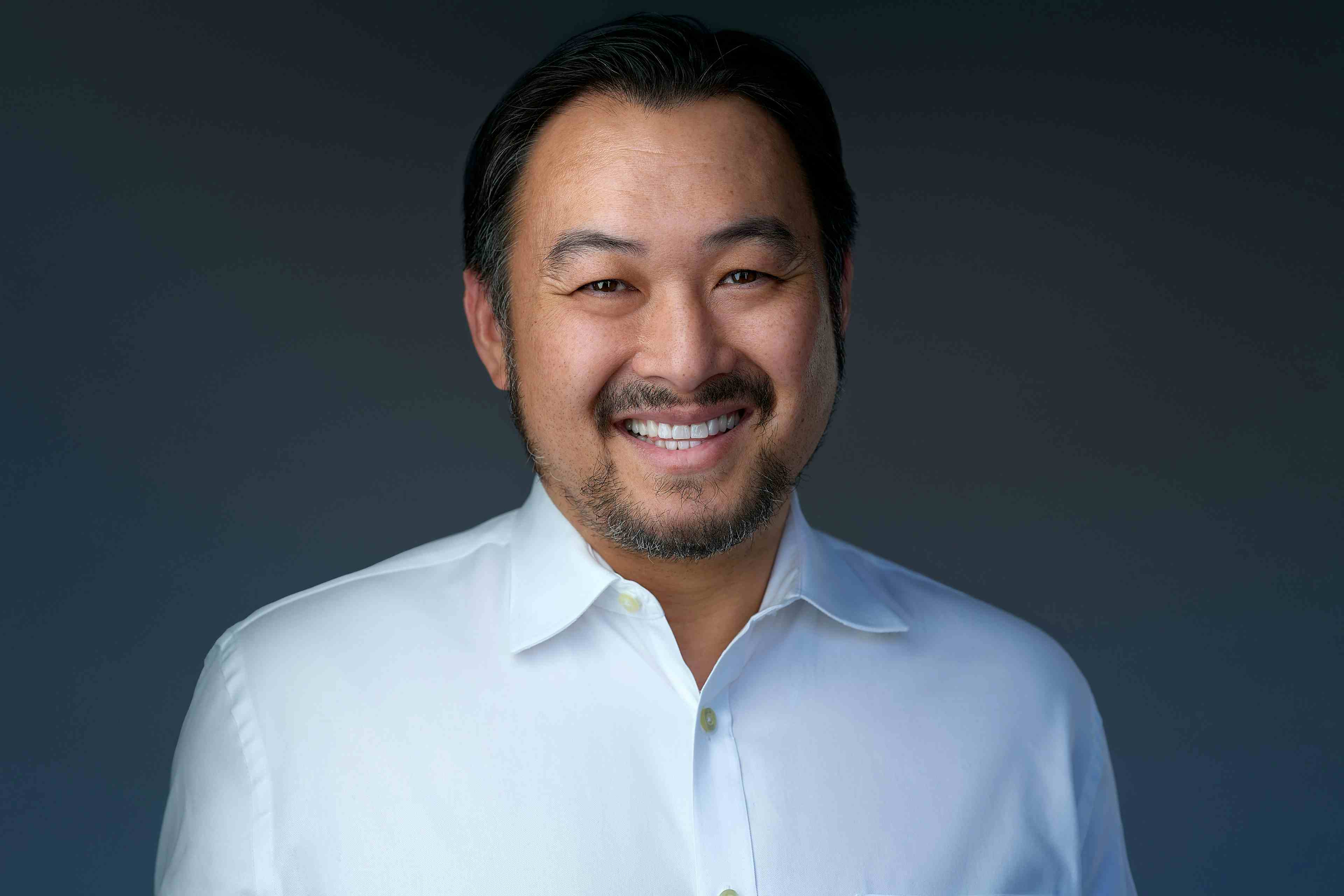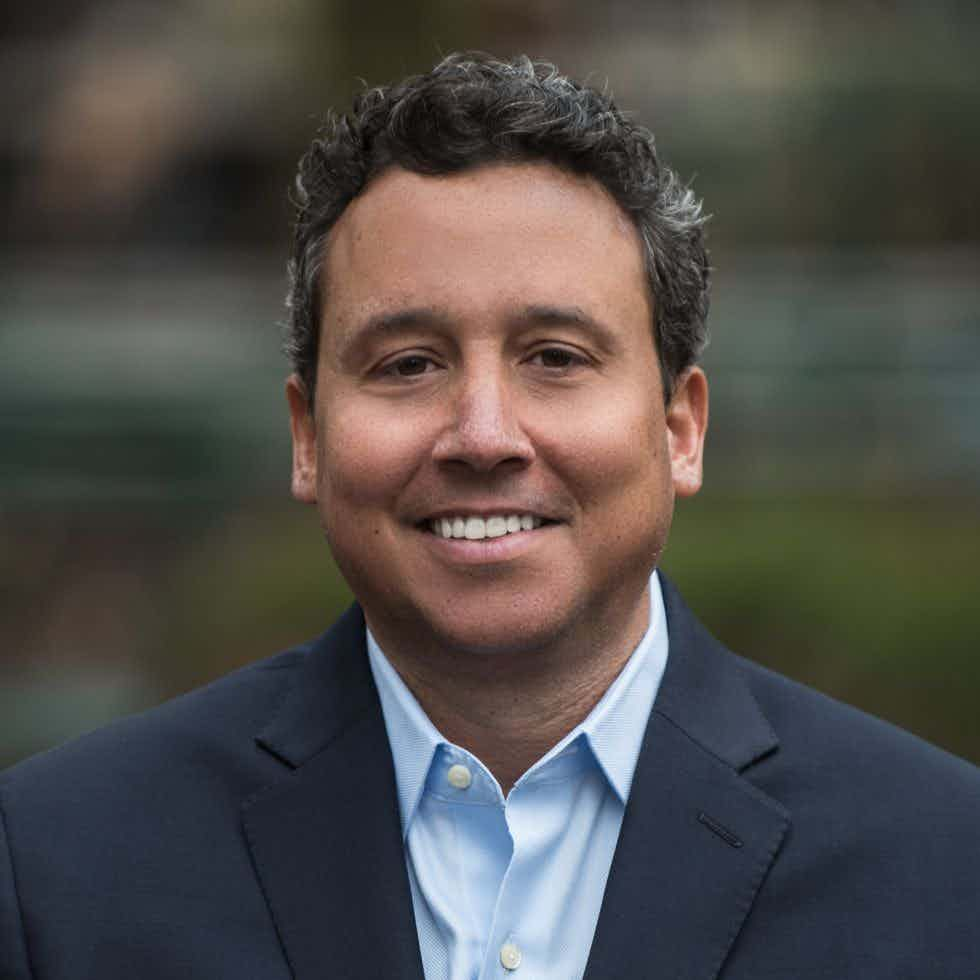How Health Systems are Using AI and Future Predictions
Artificial intelligence (AI) in healthcare is no longer a futuristic idea. Organizations are benefiting-on administrative and clinical levels-from practical adoptions that make cost savings and better patient care a reality.
Housman

Lane

Artificial intelligence (AI) in healthcare is no longer a futuristic idea. Organizations are benefiting-on administrative and clinical levels-from practical adoptions that make cost savings and better patient care a reality. But industry experts say there’s still a lot of untapped potential to look forward to, which will only be realized when trust in AI is more firmly established and when healthcare organizations become more skilled at integrating it into their daily work flows.
“In other industries where the stakes are lower, the trust is higher,” says Dan Housman, chief technology officer of ConvergeHEALTH by Deloitte and managing director of Deloitte Consulting LLP. “AI deals with ambiguity, but in medicine the rules are clear cut. There needs to be work on both sides (with both technology companies and healthcare organizations) to make sure AI tools are easier to understand and the healthcare community is more comfortable with a fully untraceable answer.” For example, while consumers embrace AI voice-enabled technology devices like Siri and Alexa, Housman says they, and providers, may not be as accepting of an AI-assisted speaker at the patient’s bedside because the consequences of error are greater.
Here are some of the most noteworthy ways AI is being used in healthcare, and how organizations could use it in the future.
Many organizations are partnering with tech companies to tackle clinical issues with AI. In March 2018, the Mayo Clinic and IBM Watson announced that using IBM’s clinical trial matching AI platform, Mayo Clinic increased enrollment for breast cancer clinical trials by 80%, and reduced screening time for patients looking for clinical trial matches. This is an important development, as only 5% of cancer patients participate in clinical trials, and low attendance leads to many trials being incomplete or cancelled, according to Mayo Clinic.
“Novel solutions are necessary to address this unmet clinical need, advance cancer research and treatments, and, in turn, improve the health outcomes of patients,” says Tufia Haddad, MD, a Mayo Clinic oncologist and physician leader for the Watson for Clinical Trial Matching project.
Mayo Clinic is also using AI and machine learning to make stroke diagnoses quicker and more efficient (use of AI to read CT scans decreases the time needed by at least 30 minutes, according to Mayo Clinic). With physicians estimating that 1.9 neurons die each minute during a stroke, the more precise scans can lead to life-saving interventions.
Another example is Microsoft’s partnership with Ochsner Health System in Louisiana to use AI to create predictive models that foresee patient deterioration. Using Microsoft’s cloud service, Azure, the models communicate directly with Ochsner’s rapid response team through its Epic EHR, allowing clinicians to make early interventions. Within a 90-day trial period, the technology was able to reduce codes, or emergency cardiac events, by 44%.
“By working side-by-side with the healthcare industry’s most pioneering players, we are bringing Microsoft’s capabilities in groundbreaking research and product development to help healthcare providers, biotech companies, and organizations around the world use AI and the cloud to innovate,” says John Doyle, director of Worldwide Health for Microsoft Corporation.
On the administrative side, the technology company Olive (formerly named CrossChx) is using its AI-assisted automation tool called Olive in a partnership with Meadows Health in Georgia. Olive is called a “digital employee” and automates order management, eligibility, prior authorizations, and claims processing tasks for the health system. By logging into EHRs and other existing technology, Olive can learn through previous human processes and optimize them to make them more efficient. Working with Olive, Meadows Health created an automation support operations center, and has identified more than 35 processes that can be automated within the organization.
Because of the increase in automation, Olive reports that Meadows Health has been able to train staff to focus on more direct patient interaction, especially in their understaffed call center. Olive also works with Hancock Regional Hospital in Indiana to optimize the eligibility process, and reports that the hospital has cut the patient billing cycle from 30 days to three days.
Sean Lane, CEO of Olive, says that innovative AI solutions can also work “out of the box” for healthcare organizations. “These AI solutions need to get to work right away,” Lane says. “In the beginning of implementing AI, it’s important to address the administrative tasks, though the clinical AI tools have all of the sex appeal.”
Critical considerations
Though partnerships with AI companies are becoming more prevalent and the availability of AI tools is growing, healthcare executives still need to be cautious about jumping all in. “It’s essential that everyone is aligned in the C-suite,” Lane says. “Remember that healthcare organizations are not tech companies. AI solutions that require a lot of AI engineering take healthcare organizations away from their first obligations.”
Managed Healthcare Executive Editorial Advisor Dennis Schmuland, MD, FAAFP, chief health strategy officer of U.S. health and life Sciences for Microsoft Corporation, says healthcare executives must consider how AI tools will change hiring decisions, finance, safety, and security, and how their organization might grow in the next few years based on future needs. “These rapid technology changes also raise complex questions about the impact they will have on other aspects of society: jobs, privacy, safety, inclusiveness, and fairness,” he says. “When AI augments human decision making, how can we ensure that it treats everyone fairly, and is safe and reliable? How do we respect privacy? How can we ensure people remain accountable for systems that are becoming more intelligent and powerful?”
While Microsoft’s focus has been working on building AI platforms and services and infusing AI into existing technology and creating AI business solutions, Doyle says it is important to keep AI adoption in step with the availability of people who can administer these tools.
Schmuland agrees. “Today it’s still difficult for organizations to find and hire people who are versed in the science of AI,” he says. “Previous AI systems were primarily sophisticated rules-based engines, but with the growth and success of deep neural networks [a set of algorithms made to mimic the human brain and recognize patterns], and the ability to rapidly test and deploy AI algorithms, the baseline background for AI practitioners has changed. As a result, the state of the art for AI is quickly advancing, making it harder to find people who can be subject matter experts across the growing set of AI capabilities.”
One problem healthcare organizations tend to face when implementing AI is a lack of data governance, says Housman. “AI is highly dependent on available, nicely-packed data, and the state of data in healthcare is still very poor,” he says, referring to clinical and financial data. “If the data is not ready yet, there needs to be an investment in making sure there is tagged data and data governance.”
However, Lane says healthcare organizations don’t always have to have uniformed data to see an impact in AI. “One of the biggest myths in AI adoption is that a prerequisite is that you need to have a data lake or warehouse and be prepared for intense integrations,” Lane says. “The right solutions shouldn’t require a ton of pre-populated data, they should just come in and work.”
Lane cautions against getting caught up in “brain in a jar” AI solutions that are attractive, but don’t add any real value. “A lot of AI solutions make a lot of work for humans, and the output is a report or a heat map that doesn’t affect work flow,” Lane says. AI solutions shouldn’t be ‘human heavy.’”
Lane says Olive’s ability to operate without previous data organization, such as a data warehouse or data lake, makes it accessible to smaller health systems. “There’s a misconception that the only groups that will have access to AI are the large health systems. But mid-sized organizations can implement AI today,” Lane says. “My argument is that AI has more impact to the smaller organizations, than the ones at the top.”
Future capabilities
The healthcare AI market will reach $6.6 billion by 2021-up from $600 million in 2014, according to Accenture. Though many experts agree that the increase in AI will affect clinical and administrative processes, they don’t expect a massive decrease in healthcare jobs. “Every single healthcare system has 150 important things to do, but the capacity to do 75 of those things. One of our goals is the take the robot out of humans. That can lead to a significant change in how healthcare is delivered,” Lane says. “AI will give humans the freedom to innovate, think, and increase quality of care delivery.
Housman says in the near future, AI will give healthcare organizations the ability to look at specific diseases and know which prescription drugs and treatments will help patients the fastest.
“Using AI and machine learning, we will be able to build models of a patient journey. We can’t infer things easily from data without AI,” he says. “We will be able to bring data sets together in a way never seen before.”
There’s still a divide between AI tools available and used in other industries compared to healthcare due to the gap in trust that Housman mentioned. Doyle agrees. “Ultimately, for AI to be trustworthy, we believe that it must be human-centered-designed in a way that augments human ingenuity and capabilities-and that its development and deployment must be guided by ethical principles that are deeply rooted in timeless values,” he says.
Donna Marbury is a writer in Columbus, Ohio.
In the Scope of Virtual Health and the Future of “Website” Manner, Per Ateev Mehrotra
August 10th 2023Briana Contreras, an editor of Managed Healthcare Executive, had the pleasure of catching up with MHE Editorial Advisory Board Member, Ateev Mehrotra, MD, MPH, who is a professor of healthcare policy at Harvard Medical School and an Associate Professor of Medicine and Hospitalist at Beth Israel Deaconess Medical Center.
Listen












